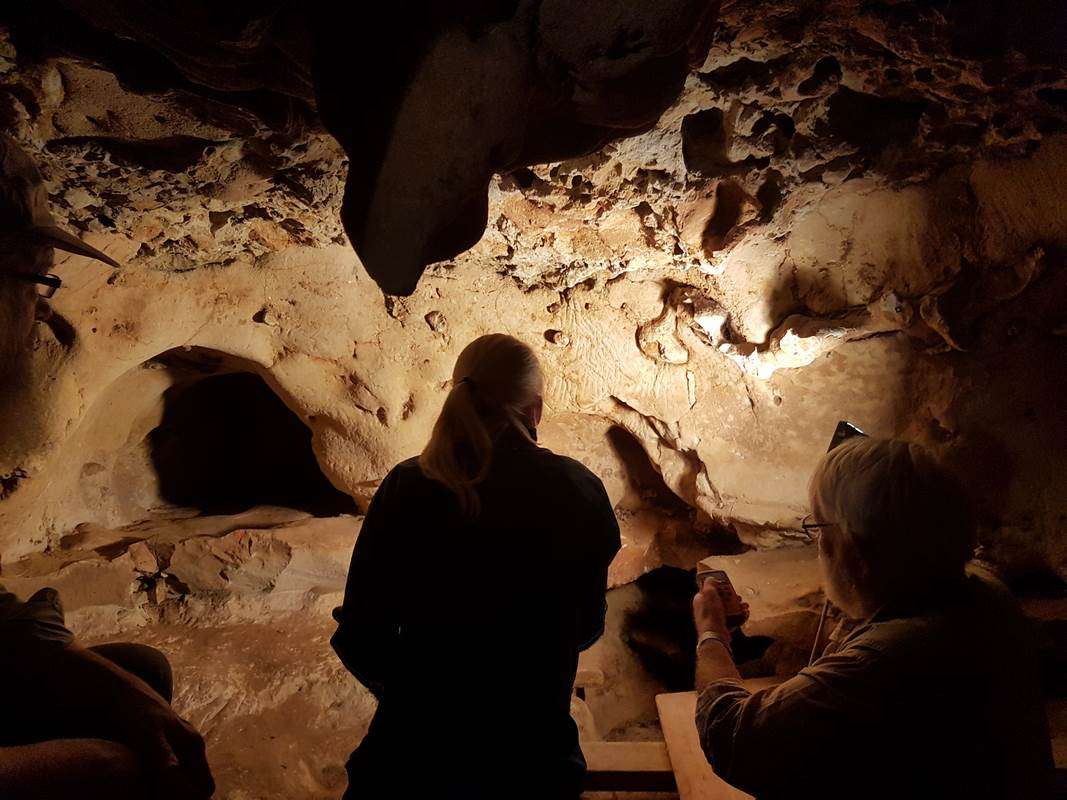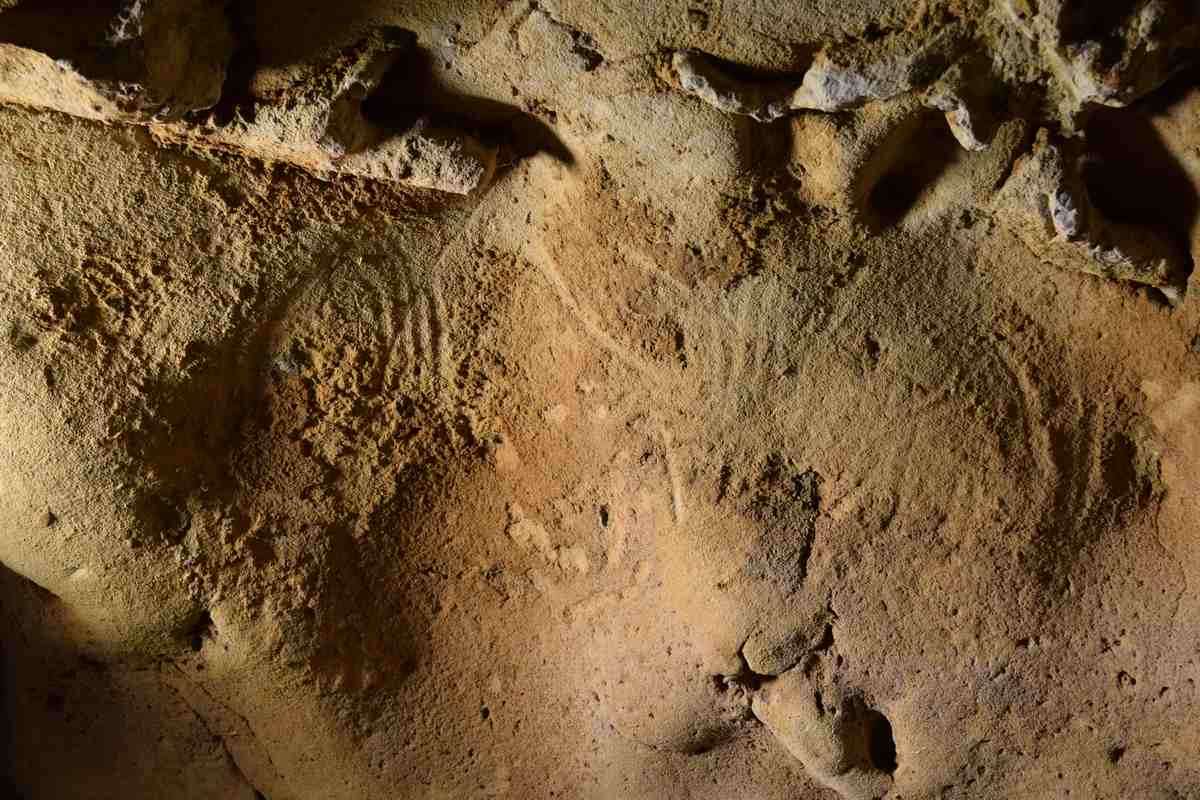Rome Finally Opens to Public the Spot Where Julius Caesar Met His End at Senators' Hands
One of the most infamous crime scenes in all history is now open to the public-Pompey's Curia-the temporary senate where Caeser was murdered.

The marks on the wall of La Roche-Cotard cave in the Centre-Val de Loire are interpreted as finger-flutings, or marks made by human hands, at least 57,000 years ago.
Research in recent decades has revealed much about the cultural complexity of Neanderthals, but relatively little is known about their symbolic or artistic expression.
Only a small number of symbolic productions can be attributed to Neanderthals, and the interpretation of these is often the subject of debate.
For the new study, Dr. Jean-Claude Marquet and colleagues identified markings at La Roche-Cotard as the oldest known Neanderthal engravings.
"Two or three panels of lines at the entrance to the room are very simple and look like tests to see if contact with the surface leaves a trace," Dr. Marquet told ABC News Australia.
"Three of the following panels were made with a great deal of application and care, and above all they were probably made after quite a lot of thought, because the intentional nature of the work is obvious."
The researchers made a plotting analysis and used photogrammetry to create 3D models of the markings, comparing them with known and experimental human markings.

Based on the shape, spacing, and arrangement of the engravings, the team concluded that they are "deliberate, organized and intentional" shapes created by Neanderthal hands.
The team also dated sediments, using state-of-the-art optically-stimulated luminescence techniques, to determine that the cave became closed off by infilling sediment around 57,000 years ago, well before Homo sapiens became established in the region.
The researchers say that discovery, combined with the fact that stone tools within the cave are only Mousterian—a technology associated with Neanderthals, is "strong" evidence that the engravings are the work of Neanderthals.
"Because these are non-figurative symbols, the intent behind them is unclear," said Dr. Marquet of the University of Tours in France.
"They are, however, of a similar age with cave engravings made by Homo sapiens in other parts of the world. This adds to a growing body of evidence that the behavior and activities of Neanderthals were similarly complex and diverse as those of our own ancestors."
"Fifteen years after the resumption of excavations at the La Roche-Cotard site, the engravings have been dated to [between] 57,000 years ago and, thanks to stratigraphy, probably to around 75,000 years ago, making this the oldest decorated cave in France, if not Europe."
WATCH a tour of the cave in 3D…
SHARE This Important Discovery With Your Friends…
Be the first to comment